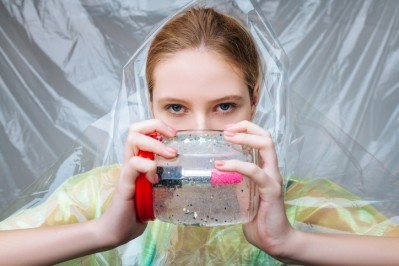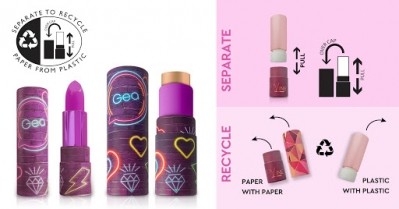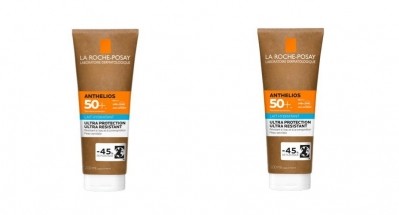ADF&PCD PARIS 2020
Circular cosmetics: ‘We are in a new era of transparency’, says Albéa

At the end of January, ADF/PCD Paris hosted a series of talks on how the cosmetics and personal care space had to respond to the climate crisis. From improved recycling initiatives to development of new biobased materials, one message resounded: any future developments had to feed into a circular economy model.
Sustainable cosmetics require ‘responsible’ packaging
Addressing attendees at one of the show’s talks, Aude Charbonneaux, sustainability manager at Albéa Group, said that whilst future developments in cosmetic packaging must feed into the circular economy, progression had to be “responsible”.
“We are in a new era of transparency. So, everything we do – all the decisions we make, all the providers we work with – all of this is under the spotlight. All of our relationships with different partners or different clients have to be transparent,” Charbonneaux said.
“…We need to go towards circularity, but we need to make sure we estimate and assess the environmental impact of the solutions we’re trying to develop. This is how we can evolve and make improvements as well.”
The temptation to dive into plastic alternatives was there – using other materials or applications – but she said industry had to consider each time whether such changes were “better or worse than before”. Reusable bottles, for example, at a time when the new generation of consumers switched quickly from one product to another were perhaps not the only answer, she said.
‘It’s very important for actors in industry to be aligned with one another’
Importantly, Charbonneaux said all efforts from the beauty industry had to be collective and aligned.
“It’s very important for actors in industry to be aligned with one another; it’s important to work all together, at all different levels of the value chain.”
She said the Sustainable Packaging Initiative for Cosmetics (SPICE) was one good example of a platform that facilitated this, along with the Ellen MacArthur Foundation which was dedicated to driving the global circular economy forward.
Last year, Albéa and L’Oréal announced the co-development of paper-based cosmetic tubes as part of the Ellen MacArthur Foundation’s New Plastics Economy Global Commitment. The co-developed tubes made with a bio-based and certified paper-like material to replace most of the plastic were set to launch later this year.
Better beauty lifecycle analysis and improved recycling capabilities
Charbonneaux said for future developments in plastic alternatives, industry had to also remain focused on advancing product lifecycle research. “In the future, we will need more data, more analysis, more research on this environmental impact,” she said.
Beyond the development of plastic alternatives, she said the beauty sector also had to make a collaborative effort on improving recycling capabilities – “a big challenge for our sector at the moment”.
There were still plenty of plastics that couldn’t currently be recycled, she said, and the collection of cosmetics packaging also had to be addressed. Lightweighting and developing minimalist eco-designs could be one response, she said, particularly for the luxury sector.
















